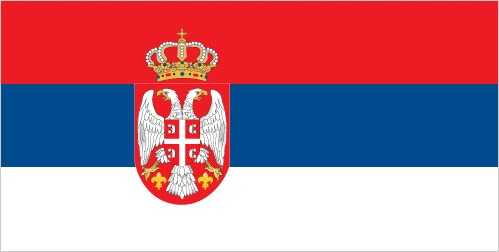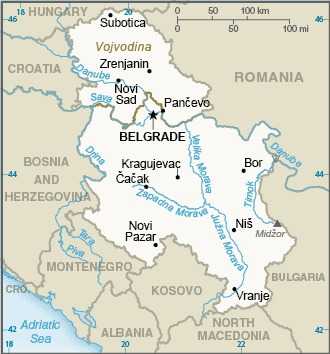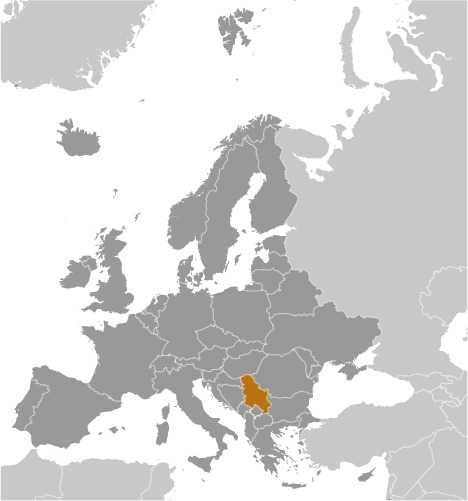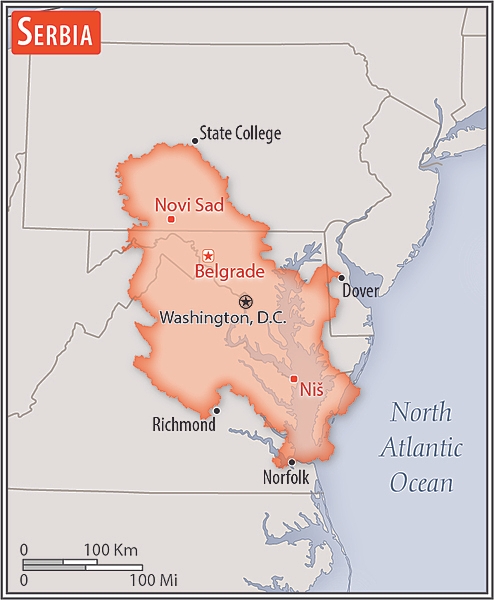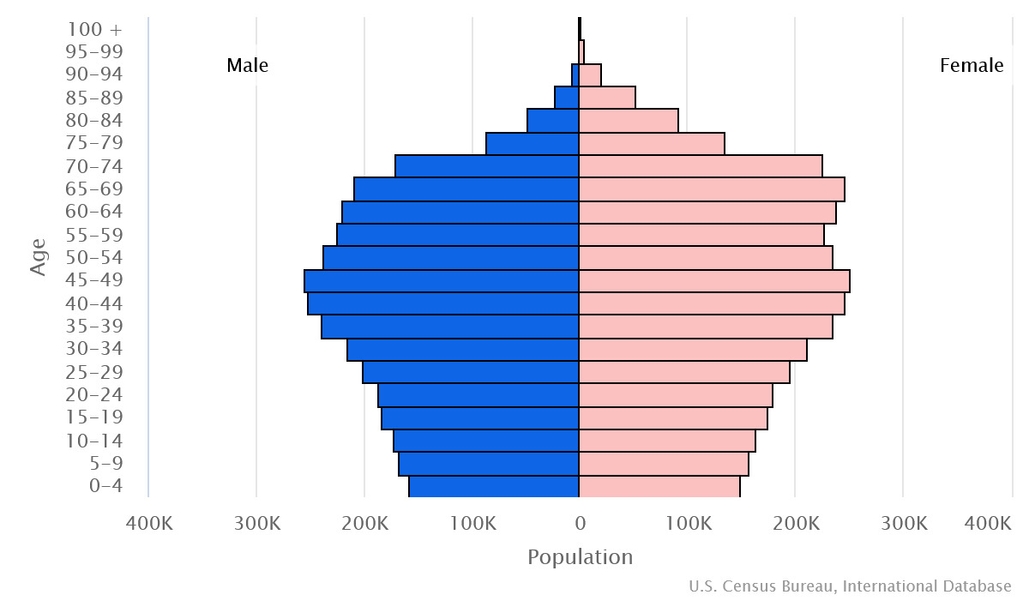Introduction
Visit the Definitions and Notes page to view a description of each topic.
Geography
People and Society
Population
comparison rankings: female 108; male 109; total 109
Languages
Median age
comparison ranking: total 33
Population growth rate
comparison ranking: 225
Birth rate
comparison ranking: 202
Death rate
comparison ranking: 3
Net migration rate
comparison ranking: 82
Maternal mortality ratio
comparison ranking: 143
Infant mortality rate
comparison ranking: total 181
Life expectancy at birth
comparison ranking: total population 128
Total fertility rate
comparison ranking: 205
Obesity - adult prevalence rate
comparison ranking: 88
Alcohol consumption per capita
comparison ranking: total 55
Tobacco use
comparison ranking: total 4
Children under the age of 5 years underweight
comparison ranking: 116
Education expenditures
comparison ranking: 134
Environment
Revenue from forest resources
comparison ranking: 73
Revenue from coal
comparison ranking: 20
Government
Economy
Real GDP (purchasing power parity)
comparison ranking: 79
Real GDP growth rate
comparison ranking: 123
Real GDP per capita
comparison ranking: 88
Inflation rate (consumer prices)
comparison ranking: 188
GDP - composition, by sector of origin
comparison rankings: services 140; industry 86; agriculture 116
Industrial production growth rate
comparison ranking: 89
Labor force
comparison ranking: 100
Unemployment rate
comparison ranking: 153
Youth unemployment rate (ages 15-24)
comparison ranking: total 46
Gini Index coefficient - distribution of family income
comparison ranking: 100
Public debt
comparison ranking: 75
Taxes and other revenues
comparison ranking: 45
Current account balance
comparison ranking: 157
Reserves of foreign exchange and gold
comparison ranking: 70
Energy
Electricity
comparison rankings: transmission/distribution losses 158; imports 31; exports 37; consumption 67; installed generating capacity 72
Carbon dioxide emissions
comparison ranking: total emissions 63
Energy consumption per capita
comparison ranking: 60
Communications
Telephones - fixed lines
comparison ranking: total subscriptions 46
Telephones - mobile cellular
comparison ranking: total subscriptions 98
Internet users
comparison ranking: total 85
Broadband - fixed subscriptions
comparison ranking: total 62
Transportation
Military and Security
Military expenditures
comparison ranking: 47

